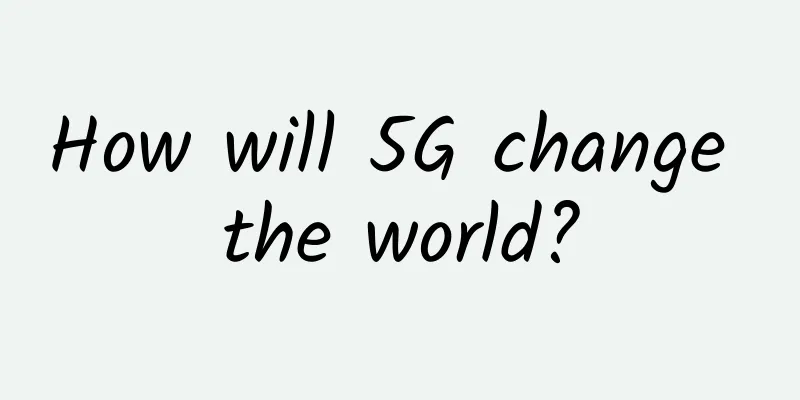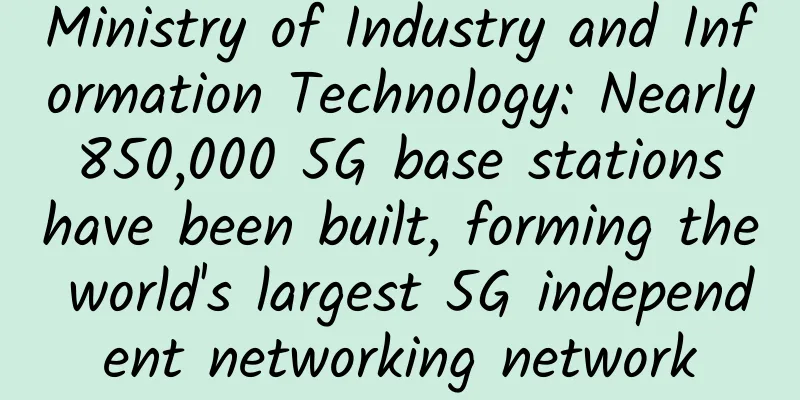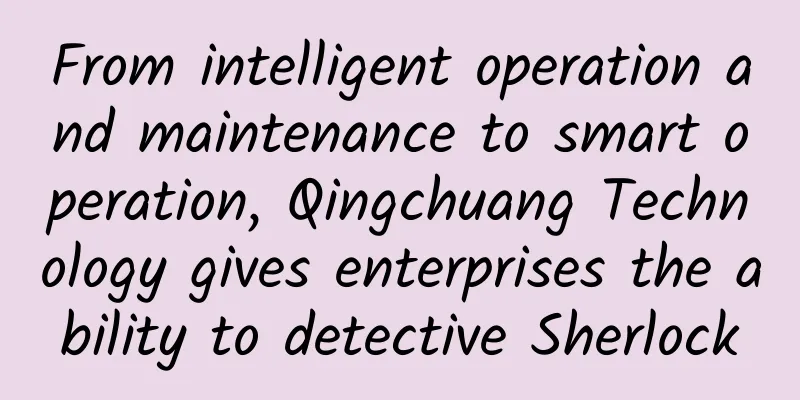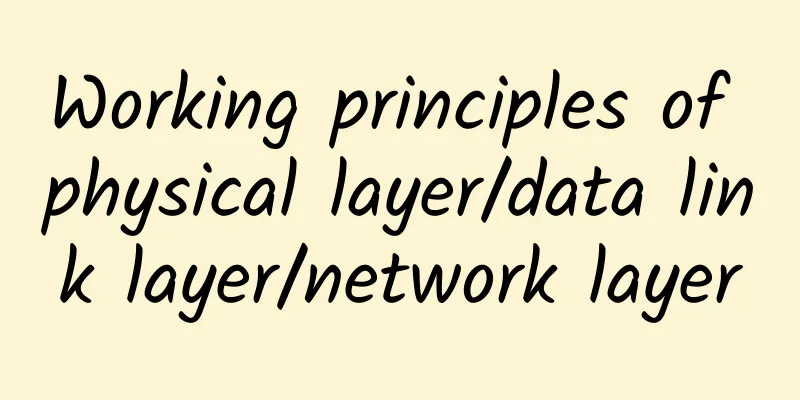How will 5G change the world?

|
5G is the latest mobile network technology that offers higher speed and capacity, lower latency, and improved reliability. Its implementation will revolutionize multiple industries such as healthcare, education, and transportation. With high-speed internet, 5G enables seamless streaming of high-quality videos, faster download speeds, and allows multiple devices to be connected simultaneously. In addition, it facilitates remote surgery, autonomous driving, and real-time transmission of medical data. However, various technical, ethical, and legal issues require attention. Ultimately, 5G has the potential to change the way we live and work. Overview5G represents the latest iteration of mobile networks and promises to revolutionize the connected world. This advanced technology promises to enhance connectivity by delivering faster download and upload speeds, lower latency, and greater reliability. Widespread implementation of 5G is expected to spark major changes in numerous industries and sectors, including healthcare, transportation, education, and entertainment. However, relatively large changes will still take time to materialize on a global scale. This article discusses the current and future impacts of 5G. Work and be productive anywhere5G is already ubiquitous, driving the gig economy and the work-from-anywhere phenomenon. Freelancers and full-time employees alike can work from anywhere while remaining productive. Contrast this with the previous working situation – where you were constrained by location due to the availability of connectivity. 5G’s latency is significantly lower than its predecessor, enabling workers to seamlessly participate in high-bandwidth consuming activities such as video calls and upload files to servers with significantly reduced risk of failure. According to Gartner, by 2025, 75% of enterprise data will be moved to edge networks, which will not only increase speeds but also further limit latency. The work-from-anywhere phenomenon will receive a huge boost. This is also expected to boost employee morale as they have the freedom and flexibility to choose where and how they work. It is believed that progressive organizations will make employees more accountable for their work by providing them with greater flexibility. 5G will make the location of work irrelevant. Redefining transportation and commutingThe deployment of 5G in the transportation sector will drive the development of self-driving cars. Its low latency and high reliability will allow efficient communication between vehicles and infrastructure, which will make autonomous driving safer and more reliable. 5G has the potential to redefine our commuting experience. We are looking at a future of connected vehicles that will fundamentally change our commuting experience. Let’s understand this through some scenarios or use cases. Scenario 1: An ambulance is taking a critically ill patient to the hospital, and every second counts. It is rush hour, and the driver wants to find the shortest and least congested route. The connected traffic lights send data about the traffic conditions of the various routes to the hospital to the ambulance, and the driver then determines the fastest route. Scenario 2: You are out for dinner with your family on a festive night and you know that finding parking is a challenge in these circumstances. As you drive, the connected system in your vehicle can identify all the parking spaces closest to the restaurant. Connected parking transmits real-time data about parking space availability to your car, enabling you to select the best option. Redefining educationThe education sector will also benefit greatly from 5G. Its high-speed internet will make remote learning easier, allowing students to easily participate in virtual classrooms. Redefining healthcare5G will transform the way healthcare is delivered and solve many long-standing problems. First, the entire medical system generates a large amount of patient data, such as age, medical history, treatment plans, and medications. Hospitals and clinics need access to data to provide better customized treatment, but Internet speed and latency pose challenges to data transmission. 5G will make it possible to transmit huge data files in seconds. Second, connected wearables can transmit critical data to doctors (as they already do). For example, wearable smartwatches can transmit data such as heart rate, blood oxygen saturation, blood pressure, and sleep quality. These devices can even send alerts to hospitals if a patient faints or their vital signs are abnormal. The wearable industry has exploded. According to a report by Accenture, the use of wearable health technology has increased from 17% in 2020 to 24% in 2021. These wearable devices feature mobile personal emergency response systems (PERS), which can provide great help to patients with chronic diseases and shorten response times in emergency situations. Redefining manufacturing5G has multiple use cases in manufacturing. It can significantly improve the way manufacturing is done today, and we already have some examples. Let’s look at two use cases. First, 5G can realize smart factories where all production assets are interconnected. Factory supervisors or managers do not need to be present in person to monitor and manage production. Instead, smart factories send data from production assets to managers' systems, who can remotely guide robots to automatically perform various tasks. This approach not only greatly improves production efficiency in terms of time, quality, and accuracy, but also significantly reduces the possibility of accidents when performing dangerous tasks. Siemens has already used this approach in its transformer plant in Mexico. It has successfully conducted a factory acceptance test (FAT). Please note that such operations are completely dependent on extremely efficient connections, as they consume a lot of data and there must be minimal or no latency. Another use case is to optimize production assets through smarter use of data. Unplanned downtime has always been one of the biggest issues facing manufacturers. It hinders the optimal utilization of assets. In the United States, unexpected downtime due to equipment failures costs $50 billion. Smart factories can transmit real-time data about various types of equipment, allowing stakeholders to identify the health status of various types of equipment. They can take preventive measures to prevent failures by determining the right time for maintenance. in conclusion5G has only partially realized its possibilities, and given the promises it makes, it seems that it will take a long time before its full potential is realized on a global scale. There are many technical, ethical, and legal issues that need to be addressed. For example, implementing smart factories is difficult because people may lose their jobs. In countries such as Germany and Switzerland, where labor laws are clear and strict, organizations may find it extremely difficult to deploy robots after replacing human labor. Technically, the rollout of 5G faces many technical challenges around the world. In some countries, although 5G has been officially launched, the efficiency has not always reached the expected level. Finally, in the medical field, there will be huge debates about the sharing of confidential patient data. |
<<: As 5G development enters the second half, what kind of report card has been delivered?
>>: 5G, AI and IoT: the dream team for modern manufacturing
Recommend
5G wireless network signaling process
1. 5G initial access 1. Overview of powering on a...
Front-end Science: What is an API Gateway? Why is it useful?
An API is often referred to as a front door for a...
Review of 5G in 2017: The first version of 5G NR standard was frozen, and China's voice was enhanced
2017 is known as the first year of 5G standards. ...
How will 5G and edge computing develop in 2020?
At the beginning of the new year of 2020, there w...
What process resources are shared between threads?
[[357394]] Processes and threads are two topics t...
See how valuable 5G spectrum is
Following the 5G Summit in September and the rele...
AlphaVPS: €3.5/month-2GB/15G SSD/1TB/5 data centers including Los Angeles and New York
AlphaVPS is a Bulgarian hosting company, founded ...
Wi-Fi Alliance: Wi-Fi 6E is the most significant upgrade in 20 years
With the rapid development of mobile devices, the...
Wireless sensor network standardization progress and protocol analysis
[[188829]] As an application-oriented research fi...
Guiyang National High-tech Zone and Huawei reached a cooperation agreement to jointly promote the development of software information industry
On November 6, 2017, Guiyang National High-tech Z...
How edge computing and 5G can drive business applications
Over the past decade, advances in cloud computing...
Summary information: HostMem/51Cloud/Qingyun Internet/TTcloud/Asia Cloud/Qimi Cloud
July is already halfway through, and the hot summ...
What exactly is the cache technology that supports high concurrency?
Author | Jin Peng, Unit: China Mobile Smart Home ...
5G speed may be slower than 4G?
In 2020, as the first year of 5G, 5G network cons...
Faconhost: £17.5/year-1GB/15GB NVMe/500GB@300Mbps/Los Angeles 9929 line
Faconhost is a relatively new foreign hosting com...









